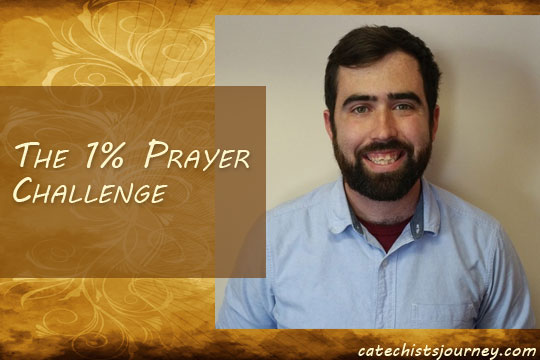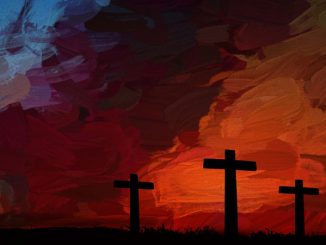This Christmas presents an opportunity to introduce young people to the prayerful practice of visio divina in conjunction with one of the most beloved Christmas songs of all time: “Silent Night.” First, let’s talk about visio divina.
For some people, visuals can be very helpful for prayer experiences. For this reason, the Church has a tradition that parallels lectio divina (“divine reading” or reflection on the Word of God in Scripture), known as visio divina (“divine seeing” or prayer in which we invite God to speak to our hearts as we look at an image). Visio divina takes place in the following manner:
- Select a sacred image to use for reflection, and then choose a comfortable, quiet place where you will not be distracted. Quiet yourself, and relax by focusing on your breathing.
- Let your gaze fall prayerfully upon the image. Pay attention to details, including shapes, colors, lighting, facial expressions, and body language of characters in the image. Once you’ve taken in the image as a whole, note what draws your attention.
- Prayerfully reflect, or meditate, on that part of the picture where your attention is drawn. Ask how God is speaking to your heart and why you think God has drawn your attention to this specific part of the image. Pay attention to your feelings, and allow God to speak to you through the image.
- Respond to God, expressing your thoughts, feelings, desires, or yearnings.
- Rest in silence before the image, enjoying the intimacy of the moment with God and savoring the beauty of the image.
Now, you can bring the practice of visio divina to young people as a way of celebrating the first Christmas with a gorgeously illustrated book version of the beloved Christmas carol “Silent Night.” Invite young people to let their gazes fall upon the images of this book as they also reflect on the words of the song. In addition, the book has free downloadable activities that you can use to engage young people with the words and images of Silent Night.
As the new Directory for Catechesis reminds us:
The images of Christian art, when they are authentic, disclose through sensory perception that the Lord is alive, present, and working in the Church and in history. Images can help people to have an experience of the encounter with God through the contemplation of their beauty. (209)






Be the first to comment